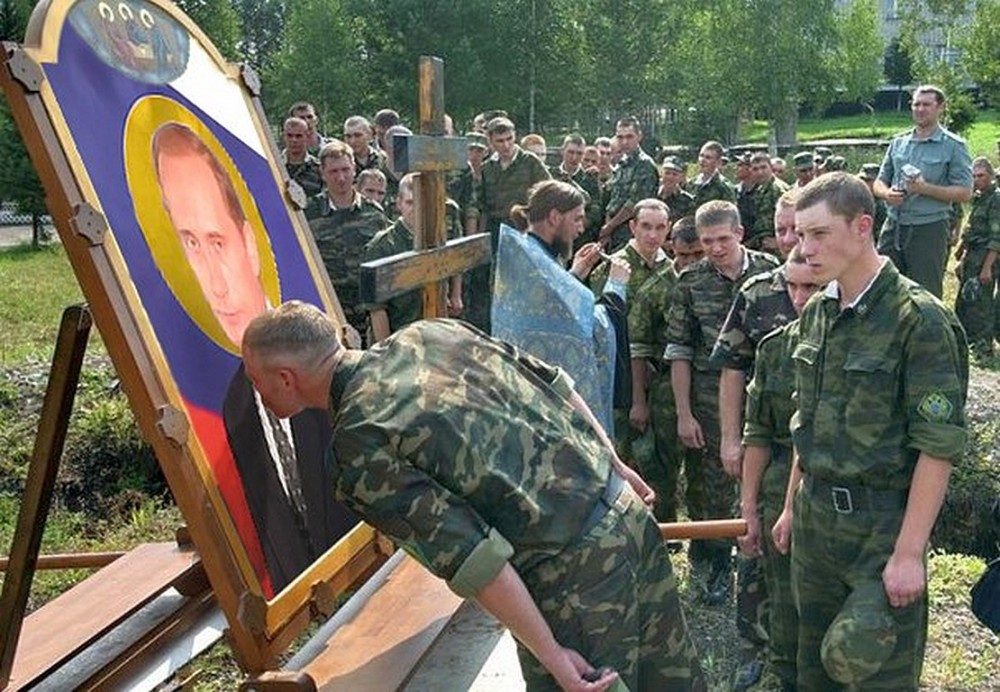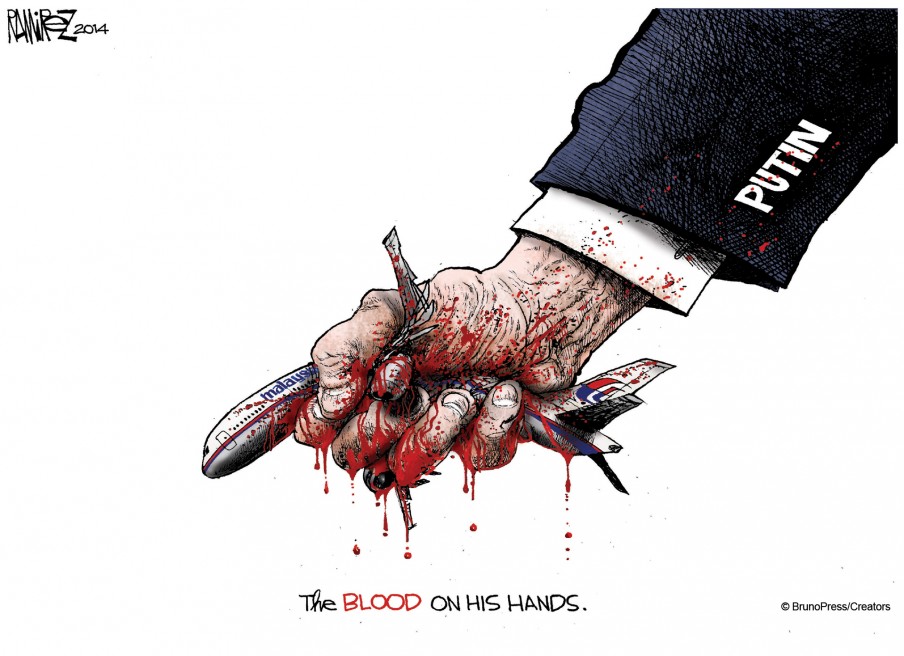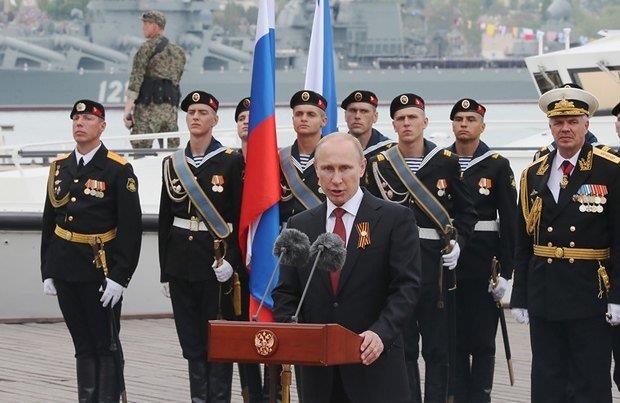It would be comforting to believe that Archpriest Vsevolod Chaplin was speaking only for himself when he suggested that it is reasonable and just to kill the domestic opponents of the Russian state as he did earlier this week in an interview on Ekho Moskvy
.
But that would be a major mistake, according to Nikolay Mitrokhin, a Russian scholar at the University of Bremen, whose volume, “The Russian Orthodox Church: Its Present-Day Situation and Current Problems,” is widely considered to be a fundamental study of post-Soviet Orthodoxy in Russia.
In an interview he gave to Radio Liberty
’s Valentin Baryshnikov, Mitrokhin said that “the rank and file clergy and most of the episcopate are very militantly inclined and [like Chaplin] do not exclude the use of force.” Indeed, he says, “in church practice, force is the norm” with bishops “beating” priests, something almost all accept.
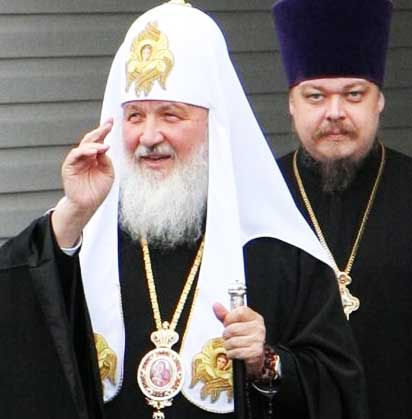
“The church now is also the leading social institution which speaks against so-called juvenile justice” and defends the rights of parents to use force against their children. Moreover, it “supports militaristic rhetoric,” organizes “numerous military-patriotic circles,” and otherwise backs the use of force by the strong against the weak, the Germany-based Russian scholar says.
Indeed, he continues, “if you were to speak with a rank-and-file priest, he of course would express himself exactly as Chaplin did or even worse.”
Unlike the liberal intelligentsia which promotes one or another “variant of Western Christianity and of ‘post-Holocaust’ thought,” leaders and followers of the Russian Orthodox Church of the Moscow Patriarchate view their faith as “a national religion which gives them spiritual power to ‘oppose the godless West’ and so on.”
After losing his position in the patriarchate a year ago, Mitrokhin says, Chaplin “began consciously to excite the public” by presenting what “the conservative half of his brain” thinks – perhaps largely because that is exactly what “any average Russian priest” thinks and what many bishops do as well.
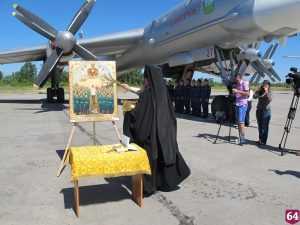
“The overwhelming majority” of the clergy support Russian nationalism and militarism, and their voices drown out those who say that “God is love.” Some have little problem with doing that because they have never been taught otherwise. Perhaps at best “only a few hundred” of the Russian Orthodox Church’s priesthood do.
“In the Russian Orthodox Church,” Mitrokhin says, “as is well known, Christ does not exist.” There is an Orthodox tradition based on Christ, one that was “formed by the Russian intelligentsia at the beginning of the 20th century.” But that tradition, one that was most promising, has largely been suppressed.
Many find it hard to believe that Orthodox priests who share the robes of those who were killed by the Soviet state and are now celebrated as the new martyrs can support the use of force. Chaplin’s words in fact justify exactly what Stalin and other Soviet leaders did to the church and its leadership in Soviet times.
But very few Orthodox priests, Mitrokhin points out, had any connections with the new martyrs, and with each passing year, their number has declined. “The larger part of the church are former Soviet people who up to 1991 completely believed in some socialist ideas, had [Communist] party ID cards, were in [Soviet] political organizations and never thought about [the new martyrs].”
At the end of the 1980s, many talked about the new martyrs. Now, they only do so to raise money to paint a church. But very few want to talk about why their martyrdom happened. Instead, far too many and not just Chaplin “consider that it is possible to kill [opponents] but one must choose the correct group for murder.”
That and not the love of God, Mitrokhin insists, is “the present-day ideology of the Russian Orthodox Church.”
Related:
- Chaplin, 'a Zhirinovsky from the Orthodox Church,' says mass repressions necessary and reasonable
- Russian Orthodox Church returning to Soviet-era norms, Bychkov says
- Pro-Russia militants in occupied eastern Ukraine torture protestant pastor to convert to Russian Orthodox Church
- The Russian Orthodox Church of the Moscow Patriarchate resembles the CPSU of Soviet times
- Another terrorist training camp held at a Russian Orthodox Church near Moscow
- Stalin and the Russian Orthodox Church
- Russian Orthodox Church in Belarus training fighters for Russian world in special camps
- Terrorist youth camp set up at a Russian Orthodox Monastery near Moscow
- Moscow Patriarchate's backing of Russian aggression undermining Russian Orthodox Church everywhere

